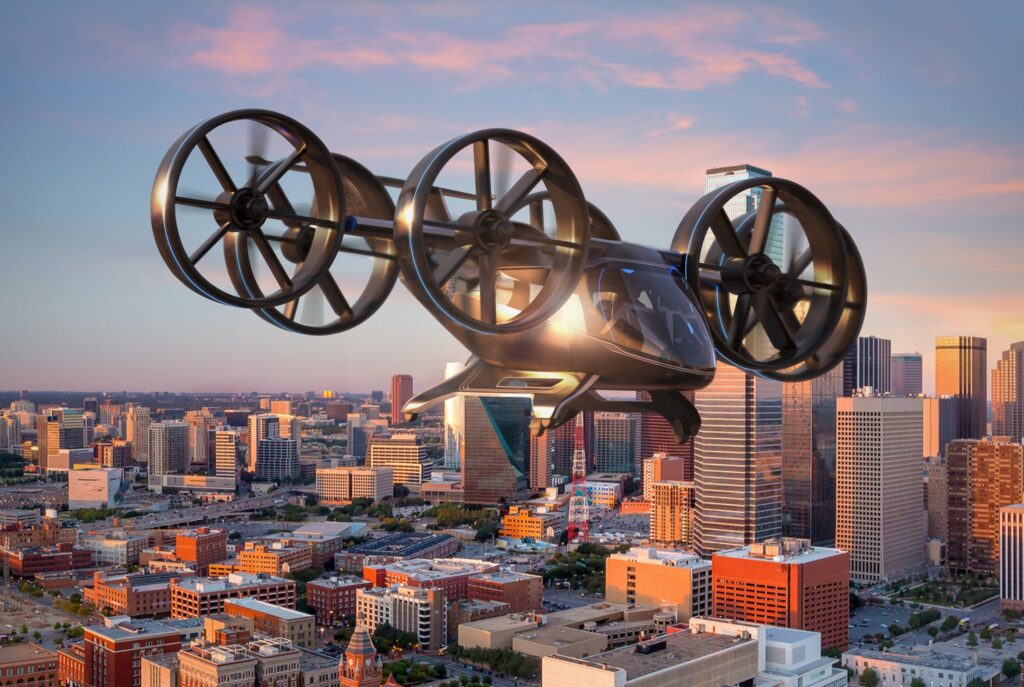Bell flags up electric air cab

The Bell Nexus air taxi will have a range of 150 miles
(Courtesy of Bell Helicopter)
Bell Helicopter, part of Textron, has unveiled its design for an air taxi using a hybrid electric propulsion unit (writes Nick Flaherty).
The Nexus, launched at this year’s Consumer Electronics Show in January, uses six, 8 ft diameter ‘e-propellers’ that can be directed vertically or horizontally. It is based on Bell’s experience with designing and building the V-22 Osprey and V-280 Valor tiltrotor aircraft.
The 6000 lb Nexus will be built from carbon fibre. It will carry four passengers and a pilot, and have a 150-mile range with a top speed of 150 mph.
The Nexus will include technology from Bell, Safran, Electric Power Systems (EPS), Thales, Moog and Garmin. Bell is to lead the design, development and production of the VTOL systems, while Safran will provide a hybrid power and propulsion system.
Details of the propulsion system and battery capacity have not yet been released, but information about Safran’s hybrid drives is available. The drive relies on a gas turbine to generate power, coupled to a battery pack which, according to Safran, can act as either the main or an additional power source, depending on the phases of flight.
For example, during take-off, where maximum power is required, both the batteries and gas turbine could provide power to the motors. The power balance between the turbine and the batteries is controlled by a hybrid power controller.
Safran ran ground tests of its distributed power system in mid-2018, with the test using a 100 kW output system running four electric motors. At the time, Safran suggested a to-market date of 2025, which ties in with Bell’s target of 2023 for flight testing the Nexus.
In addition to Safran, EPS is creating the custom battery packs with a containment system for each cell that will keep fires from spreading in the event of a short-circuit. Thales is providing the flight control computer hardware and software, while Moog will oversee development of the flight control actuation systems.
ONLINE PARTNERS





















